The Cost-Benefit Analysis of Granule Packing Machines
Granule packing machines are widely used in various industries, such as pharmaceutical, food, and chemical industries. They offer several advantages over manual packing, including increased efficiency, accuracy, and hygiene. However, it is essential to conduct a thorough cost-benefit analysis before investing in a granule packing machine to determine its financial viability.
Cost Considerations
The initial cost of purchasing a granule packing machine can be significant, depending on its size, features, and automation level. Factors such as the number of packing heads, the speed of operation, and the type of product being packed all impact the cost. Additionally, ongoing expenses such as maintenance, repair, and energy consumption must be considered.
Benefits of Granule Packing Machines
Increased Efficiency
Granule packing machines can package granules much faster than manual labor, significantly increasing productivity. They can operate continuously for extended periods, reducing downtime and increasing throughput. Automated machines can reduce the need for human intervention, freeing up employees for other tasks.
Improved Accuracy
Granule packing machines use precise measuring devices to ensure accurate filling of containers, reducing product waste and ensuring compliance with regulatory standards. They can handle various granule sizes and shapes, maintaining consistent fill levels and minimizing the risk of underfill or overfill.
Enhanced Hygiene
Granule packing machines eliminate direct human contact with the product, minimizing the risk of contamination. Automated machines can be equipped with additional features such as dust extraction systems to maintain a clean and hygienic packaging environment.
Reduced Labor Costs
By automating the packing process, granule packing machines reduce the need for manual labor, leading to significant cost savings. Automated machines can operate 24/7, reducing the need for overtime or additional shifts.
Return on Investment
The return on investment (ROI) of a granule packing machine depends on several factors, including the initial cost, operating expenses, and the increase in productivity and efficiency it brings. A well-conducted cost-benefit analysis can help estimate the ROI and determine whether the investment is financially viable.
Conclusion
The cost-benefit analysis of granule packing machines is crucial for making informed investment decisions. By carefully evaluating the initial costs, ongoing expenses, and potential benefits, businesses can determine if investing in a granule packing machine will provide a positive return on investment. By optimizing efficiency, accuracy, hygiene, and labor costs, granule packing machines can significantly improve packaging operations and contribute to overall profitability.
-
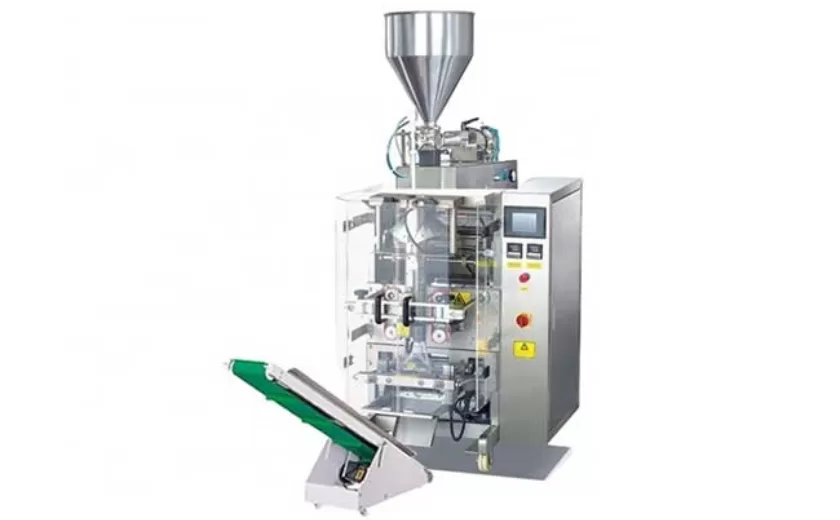
Advanced Packing Solutions: Snacks, Sugar, and Frozen Food Machines
29-10-2025 -
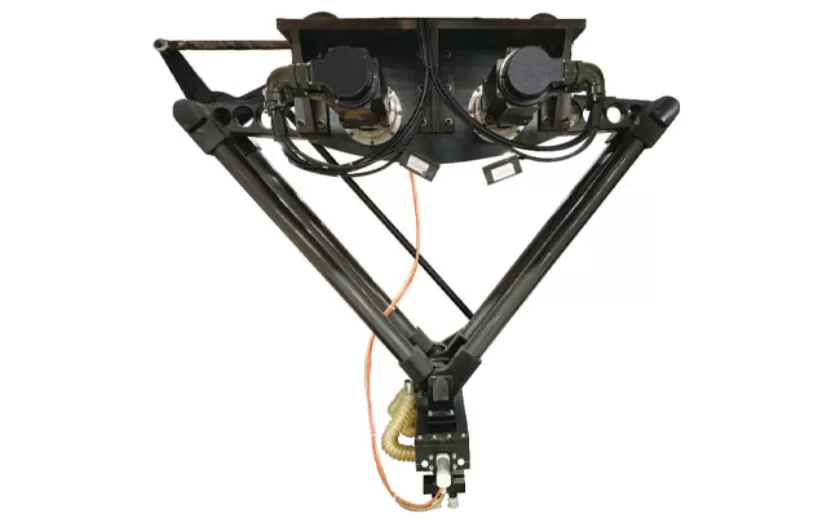
Efficient and Reliable Solutions for Salt, Nuts, and Frozen Dumplings Packing
29-10-2025 -
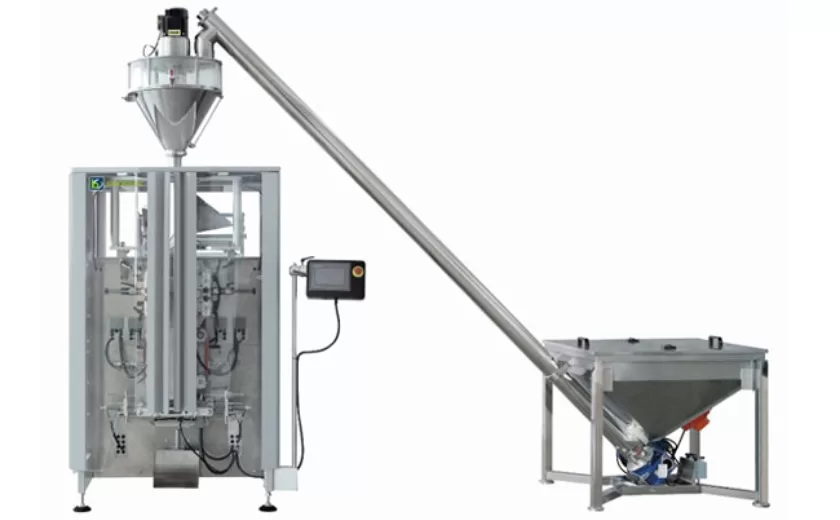
High-Performance Biscuits, Lollipop, and Ketchup Packing Machines for Modern Food Production
29-10-2025 -

Efficient Liquid Filling and Packing Machines for Modern Production
23-10-2025 -
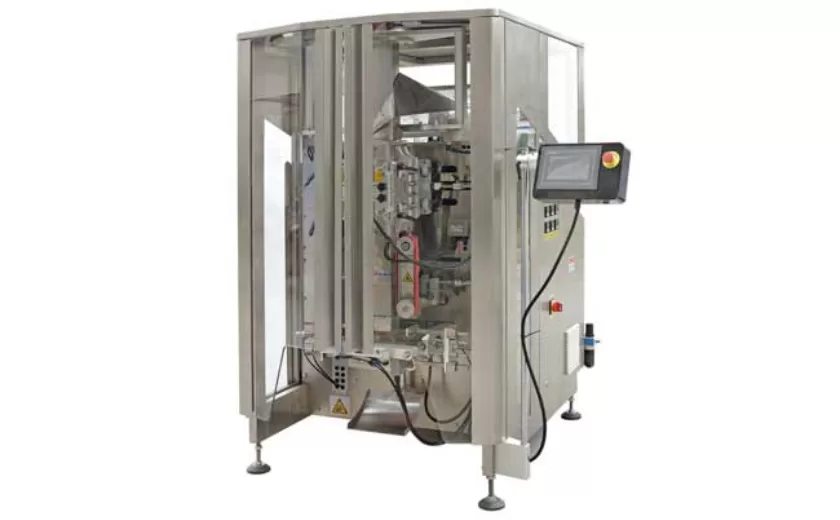
Reliable Granule Packaging Machines for Efficient Production
23-10-2025 -

Efficient Auger Powder Filling Machines for Accurate Packaging
23-10-2025 -

High-Performance Liquid Filling and Packing Machines for Hygienic Production
10-10-2025 -

High-Efficiency Granule Packaging Machines for Precision and Speed
10-10-2025 -

High-Precision Auger Type Powder Filling Machines for Efficient Packaging
10-10-2025 -
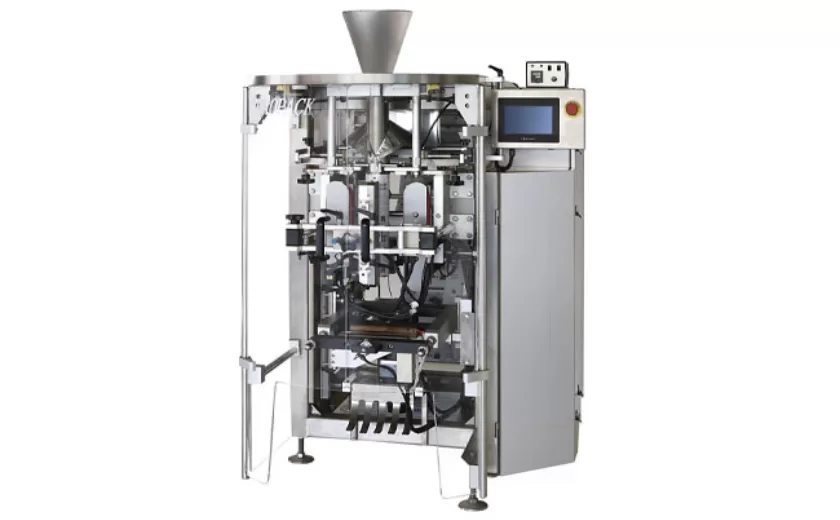
Efficient Vertical Form Fill Seal Packaging Machines for Smart Production
10-10-2025





